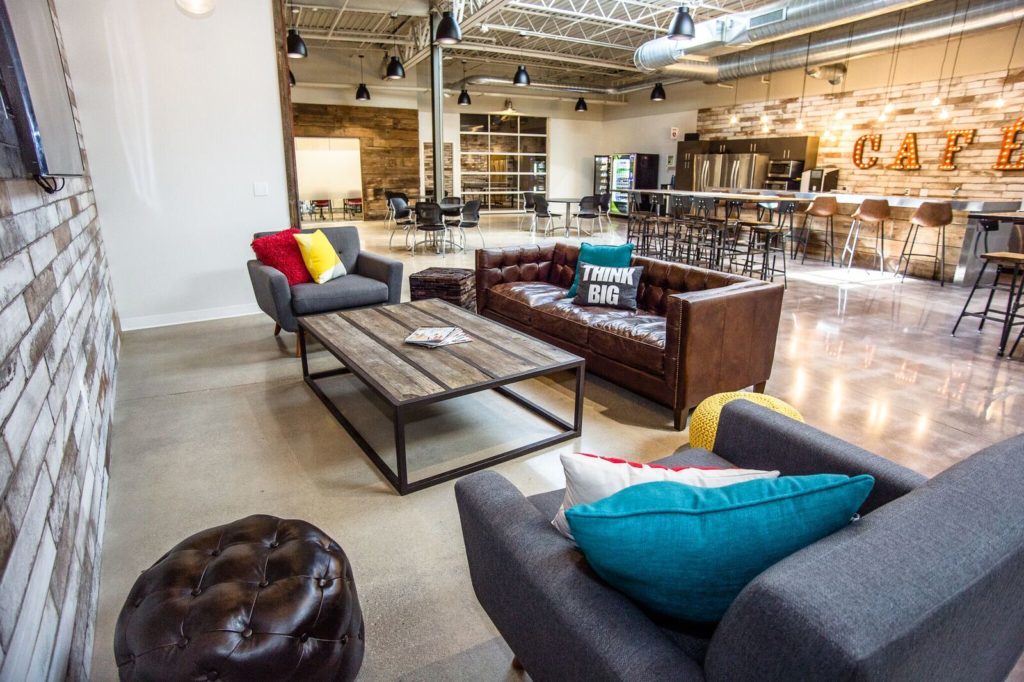Well Designed Workspace Can Be a Competitive Edge
Flexible work schedules, changing work cultures and shifting employee expectations are causing companies to rethink the way offices work and how they need to be configured.
Employee’s work lives have been upended during recent years, as more Americans than ever quit their job in what some have called the “Great Resignation.” Others describe the phenomena as the “Great Discontent” with employees rethinking their relationship to work and how it fits into their lives.
In either case, competition for employees has never been fiercer and companies are finding it increasingly difficult to find suitable candidates. A well-designed workplace can often be the deciding factor for highly sought-after employees, while an uninspiring workspace can be a deal breaker.
Smart companies are changing the way they think about the workplace. Rather than viewing office space as an expense, they are learning that well-designed workspace and smart planning can boost profits by increasing productivity, efficiency and engagement.
The work environment is a big part of daily flow, and it can either support or erode the experience employees have of the company. If some employees need a quiet space to focus while others need space to meet and collaborate with others, space should be offered for both purposes. Effective office space improves employee efficiency and a company’s competitiveness.
According to an article from McKinsey and Company, workspaces that are built for purpose and integrated into corporate strategies are more important than ever, and can offer a competitive edge. Merging a company’s approach to real estate with its [business] strategy is a “once-in-a-generation opportunity to act boldly and emerge from the pandemic stronger and more competitive than ever.”
Surveys done by Herman Miller found that there are three core experiences that are best supported by the office: community socialization, team collaboration and individual focus. Effective workspace provides areas that encourage people to interact with their extended networks, have assigned and unassigned shared spaces to encourage collaboration and offer private, quiet areas for individuals focused work.
“The key to effective workspace is employee empowerment; it must be operationally efficient, have sufficient ergonomics and meet employees need for collaborative space,” said Todd Greenwald, Compass Properties Executive Vice President. “That requires a strategic approach to create workspaces that meet these needs and at the same time, addresses employee expectations for a safer and healthier workplace.”

